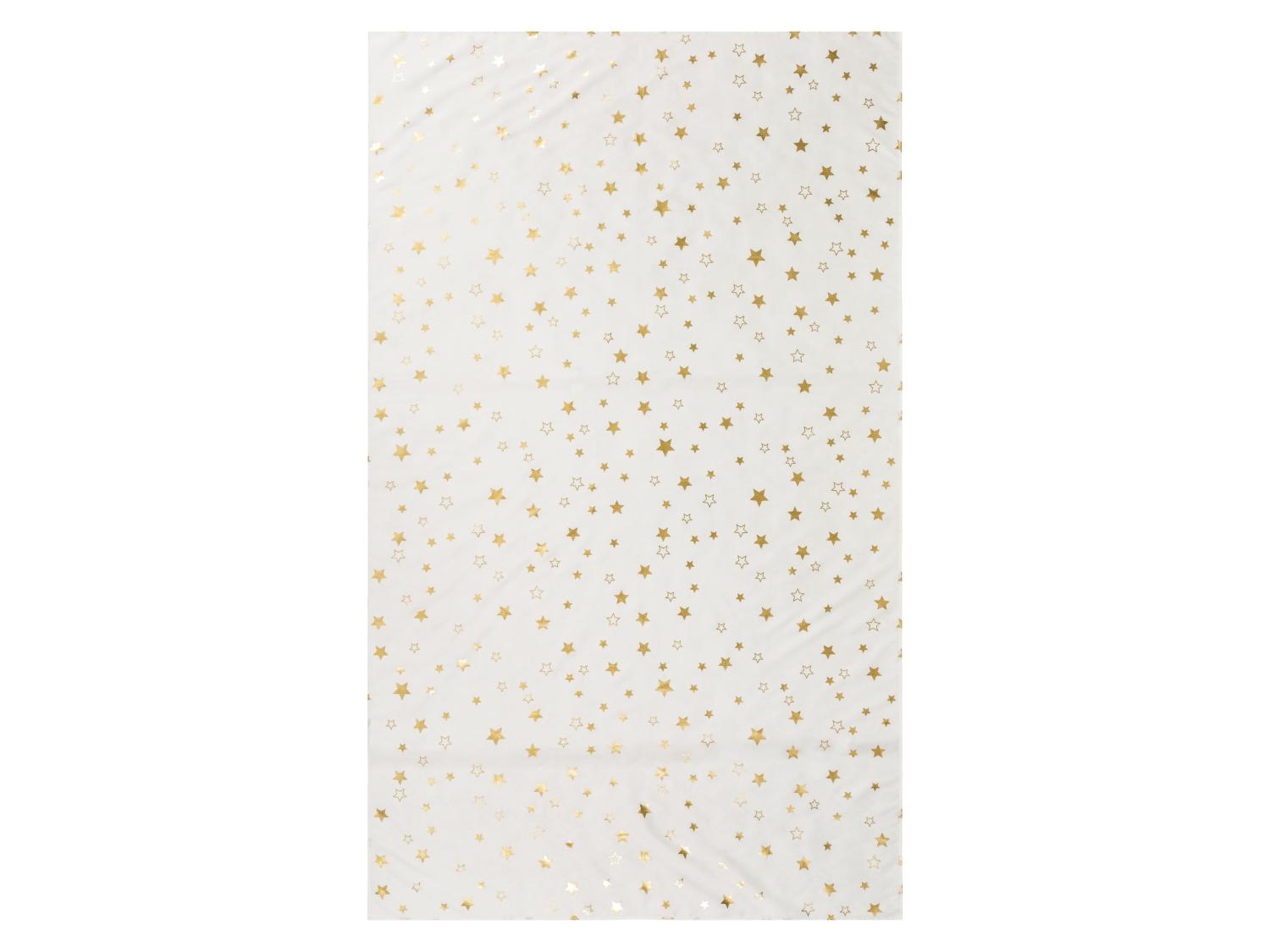Productos similares que te pueden interesar
¡Creemos que esto puede interesarte!

El Ciclo De La Vida En El Delta Del Ebro
8€

Pedales De Bicicleta De Aluminio Con 3 Rodamientos, Pedales | Envío Gratis
17€

2x Protector Pantalla Antireflejos Para Canon PowerShot G16 Pelicula
4.99€

Beokeuioe Chaqueta SoftSkin Waterproof High Visibility Softshell Jacket For Men Work Long Herren Sweatshirt-Bluse VisibilitPullover Straßen-Ärmeloberteile Abrigos & Jogginganzug 18, Naranja, M
9€

Juego De 4 Cubiertas Impermeables Para Llantas
14€

Masilla Para Madera Para Rellenar Y Tapar Madera, 250g, Lista Para Usar
3€

EXCELLENT ELITE SPANKER Tableros Tácticos Tablero De Exhibición Panel
12€

Navaris Juego De 4 Fundas Para Ruedas - Protectores Con Asas Para
7€
Descripción
Mantenimiento fácil, sin lavar, no secar a máquina, no planchar Manteles Antimanchas Promo La Nappe 140 X 200 Cm Chez Carrefour Mantel Blanco Mesa Rectangular ️ INCLUIDO – Mantel rectangular (140 x 240 cm) Feria PVC impreso 💪 PVC IMPRIMIDO: el PVC en la ropa de casa como alfombras, manteles o manteles proporciona una durabilidad excepcional, resistente a desgarros, manchas y desgaste diario, asegurando así un uso prolongado.♦ Acabado liso. Nappe Plastifiée Carrée 140 X 140 Cm, La Nappe Cirée Parfaite Comme... Cuidado al manipular la superficie lisa cuando esté húmeda. Descripción del producto Suavidad de interior: deja que te inspire sumergiéndote en el mundo de nuestra marca Douceur d'Interior. Advertencia de seguridad No lavar en máquina. Haga clic en el nombre de nuestra marca para descubrirnos y explorar todos nuestros productos especialmente seleccionados y dedicados a la ropa de cama. Ropa de cama, muebles, ropa de mesa y cocina, alfombra, tantos universos en los que la suavidad de Interior te acompaña. Haga clic en el nombre de nuestra marca para descubrirnos y explorar todos nuestros productos especialmente seleccionados y dedicados a la ropa de cama Nappe de table anti-tache, nappe ronde ou rectangulaire, acheter nappe Ofrece un acabado sin granular al mismo tiempo que aporta la máxima protección a tus muebles.
Opiniones
4.4/5
Puntuación general de 96 opiniones de clientes
5
4
3
2
1
Estás aquí:

















